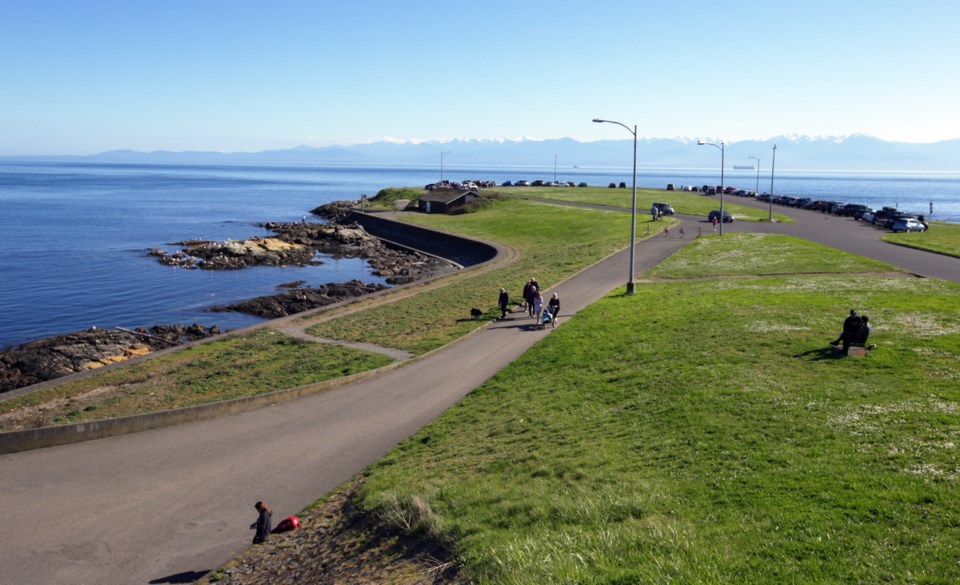The federal government has made it clear Greater Victoria needs to treat its sewage by 2020.
On Friday, in a letter to Victoria Mayor Lisa Helps, Jonathan Wilkinson, parliamentary secretary to the minister of Environment and Climate Change Department, confirmed Greater Victoria’s wastewater systems at Macaulay Point and Clover Point are still well above the “high-risk” designation threshold and require treatment by 2020.
“The total risk points allocated for the Macaulay Point and Clover Point wastewater systems were 126 and 112 respectively, which are significantly above the 70 points risk allocation and therefore require a deadline of December 31, 2020,” Wilkinson wrote in the letter.
The points system assesses level of risk based on effluent quality and quantity and the water body that receives the sewage.
Helps said she was frustrated after reading an opinion piece by former federal Environment minister and Victoria MP David Anderson in the Times Colonist criticizing the Capital Regional District sewage process.
“Federal regulations have been very clear that Victoria is a high-risk marine receiving environment. And there have been countless people — David Anderson and others — questioning the science,” said Helps.
At a recent meeting, Helps asked Wilkinson if the designation was still high-risk and what it was based on.
“Very clearly, they’ve taken 2014 data that shows all the things which are not good for the marine environment are way over the threshold,” said Helps. “So I am very happy we have received this letter. I hope this will completely quash the debate.
“To me, if we need one more push to just get on with it, the new federal government has spoken to us. It’s based on science and we need to keep moving ahead.”
Anderson argues that the “high-risk” designation came about largely by error when the criteria for a freshwater river were applied to Juan de Fuca Strait.
“That the designation is inappropriate is clear from the fact that in the four years since it was announced, there has been no health or environmental warning related to it,” wrote Anderson.
“If the residents of the CRD were really living in a high-risk situation, you can be sure we would have had a stream of warnings about those high risks that we faced. As we have not, the designation is clearly inappropriate and should be reduced to low risk.”
On Monday, Anderson said Wilkinson’s letter does nothing to quash the debate.
“It is simply the restatement of what we’ve had before,” he said. “It’s standard material that they have a formula and the formula’s been applied and the formula is the same for Prince Albert, Sask., as it is for Victoria.”
Scientists at the University of Victoria, the University of Washington and the University of B.C. have said the receiving water can handle Victoria’s sewage, Anderson said. “If it can receive it and handle it, it’s irrelevant whether you put in some of these other factors which make sense in freshwater systems or restricted waterbodies like Puget Sound.”
Anderson says scientific studies have shown that the current system of natural wastewater disposal, through long outfalls to the cold, fast-moving and highly oxygenated waters of Juan de Fuca Strait, is environmentally superior to the onshore artificial treatment system the CRD is proposing.
He said the federal Environment Ministry has been stripped of scientists and replaced by bureaucrats, adding the risk-points formula should be reviewed because it doesn’t apply in Victoria.



